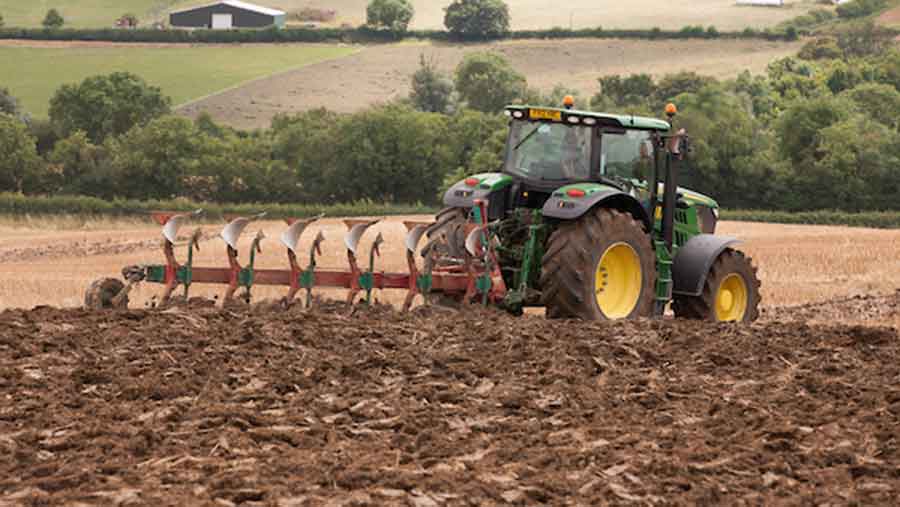Half of winter cereal area is infested with blackgrass
 © Tim Scrivener
© Tim Scrivener Blackgrass is affecting nearly half of the winter cereal area, resulting in farmers spending an extra £46/ha on weed control, according to a new survey.
Carried out by Monsanto over the past season, the survey of almost 400 UK farmers also reveals that bromes and Italian ryegrass infestations are growing faster than blackgrass.
Blackgrass problems are now affecting 46% of the winter cereal area, which is up from one third of the area as found in the previous survey carried out in 2000.
See also: How changing crop can help reduce the blackgrass burden
Monsanto technical manager Barrie Hunt points out that even in the less affected areas of the West and North, blackgrass is now a problem on an average of between 23% and 41% of the winter cereals area.
Brome and ryegrass
While brome and Italian ryegrass continue to affect relatively smaller proportions of the national winter cereals area, both these problems have grown more substantially than blackgrass over the same period.
Brome has doubled over the last six years and with Italian ryegrass, is most problematic across southern, western and northern counties, says Mr Hunt.
Wild oats still present a particular threat being a problem in over a quarter of the winter cereals area.
Reason is resistance
“Herbicide resistance is seen as the most important factor behind increasing grassweed problems,” he says.
“In total, over 80% of growers are experiencing blackgrass resistance problems, with nearly two-thirds rating these as serious or very serious.
“Blackgrass resistance is problematic on more than 90% of farms in central and eastern England, while it remains noticeably less widespread in other parts of the country.
“However, even in the North and Scotland, two-thirds of growers are encountering some resistance problems with nearly 40% of these rating them as serious or very serious,” he says.
Herbicide resistance problems are also being seen in ryegrass, affecting 40% of growers overall, rising to nearly half in the West and North.
Change in strategy
The increasing difficulties being caused by grassweeds are clearly reflected in the changes the Monsanto studies have recorded in both chemical and cultural control practices over the years.
Back in 2000, autumn post-emergence spraying was the overwhelming chemical control priority for blackgrass, with small number of growers employing spring post-emergence, autumn pre-emergence or stubble pre-planting sprays.
Today, though, the primary emphasis of chemical control has swung emphatically to stubble pre-planting and pre-emergence treatment.
In parallel to this, alongside the workload-driven decline in ploughing, there’s been an equally big swing to stale seed-beds, delayed autumn drilling and spring cropping for cultural grassweed control.
“Our latest study shows growers are employing an average of 2.4 sprays a year to control blackgrass,” says Mr Hunt.
“This rises to 3.0 per year where resistance problems are serious or very serious, with greater emphasis put on all spray timings, particularly stubble pre-planting and autumn post-emergence.
Cost of grassweeds
Mr Hunt adds that the average winter wheat herbicide spend is currently £89/ha, with a third of growers spending over £100/ha and more than one in every 10 over £125/ha.
“Growers with the most widespread blackgrass problems are spending an average of £109/ha compared to £63/ha for those with few, if any, problems.”
Taking determined grassweed action
An innovative on-line resource brings together the best available industry intelligence to help growers regain control over their most damaging grassweeds.
Developed by Monsanto specialists with weed guru Stephen Moss, Grassweed Action provides practical tips for regaining control over blackgrass, Italian ryegrass, bromes, wildoats and couch that can be implemented by growers.
And a special Grassweed Tracker allows growers to rapidly and effectively benchmark their grassweed position with other farms in their area.

